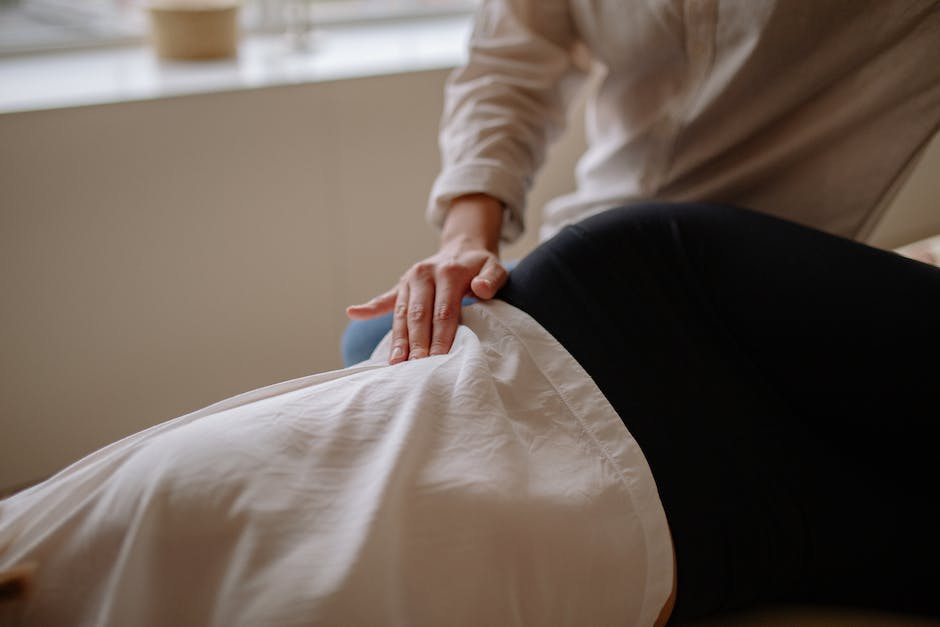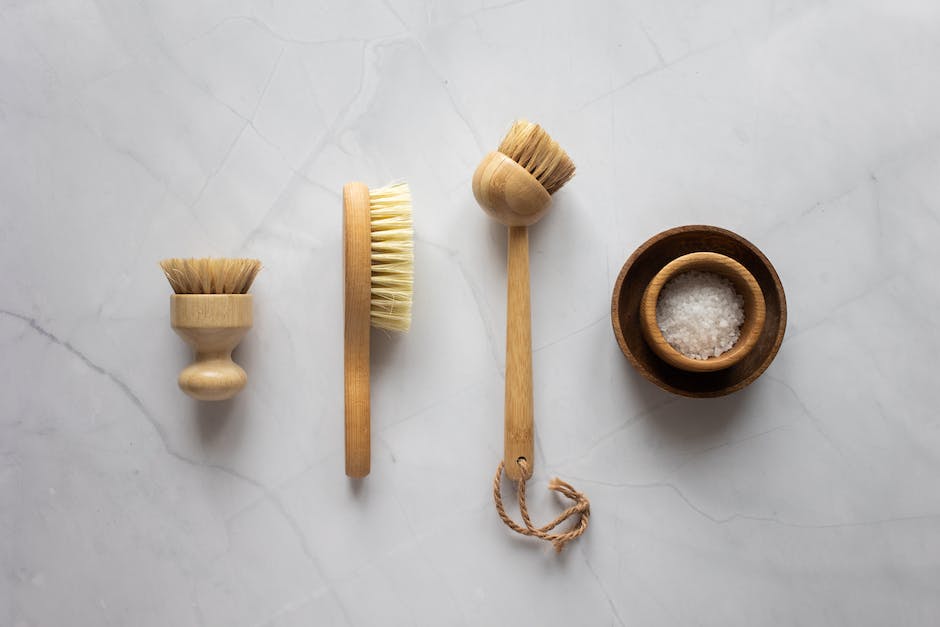The wellness and restorative power of massage has been recognized for centuries, but one area that’s often overlooked is belly massage. Emphasizing on the overlooked principles of biomechanics of the abdominal region, belly massage harnesses a host of benefits from enhancing digestion to reducing stress. This discussion seeks to delve deep into understanding the methods, techniques, and the use of appropriate tools in belly massage, stressing on the safety aspects and contraindications, and exploring efficient ways of rendering a belly massage without causing discomfort.
Understanding Belly Massage
The Benefits of Belly Massage
Belly massage, also known as abdominal massage, brings a host of benefits besides relaxation and stress relief. It can aid digestion by stimulating the digestive system and promoting the movement of food along the digestive tract. It can also benefit those suffering from constipation. Moreover, an abdominal massage can improve respiratory issues by releasing trapped wind that might cause discomfort.
Understanding the Biomechanics of the Abdominal Region
To effectively conduct a belly massage, understanding the basic biomechanics of the abdominal region is vital. The abdominal region is primarily composed of muscles, including the rectus abdominis, transversus abdominis, and the internal and external obliques. These muscles are surrounded by the visceral peritoneum, a thin layer covering the stomach, liver, spleen, and other abdominal organs. These are sensitive areas which need delicate handling during the massage.
Techniques for Belly Massage
There are several techniques used in belly massage, each with specific benefits. One common method is the “I Love U” technique, involving strokes that form the letters ‘I’, ‘L’, and ‘U’ – this is particularly useful for relieving gas and constipation. Circular strokes starting from the navel and progressing outward also help with digestion. Lastly, using long, straight strokes down the center of the abdomen can help relieve tension and stress.
Applying Proper Pressure in Belly Massage
Proper pressure is crucial in performing a belly massage. The pressure should be firm but not too hard to avoid causing discomfort. Remember to always massage in a clockwise direction, mimicking the natural direction of digestion. If it feels tender, it’s often a sign to go more gently as the individual may have sensitivity or underlying conditions. Communication with the person you are massaging is key in maintaining the right pressure.
Contraindications and Safety Aspects
Though belly massage has numerous benefits, it isn’t safe for everyone. Those with abdominal hernias, bleeding ulcers, or who are pregnant should avoid abdominal massage. Also, avoid massaging right after meals. As with any massage practice, hygiene is highly important: ensure hands are clean and nails are short and smooth. It’s also suggested that a healthcare professional be consulted before starting any massage regimen, particularly for those with chronic health conditions.

Choosing the Right Tools
Types of Belly Massage Tools
There is an extensive variety of tools designed for successful belly massage. Some of them include electric massagers, massage oils, and massage balls.
Electric Massagers
Electric massagers are beneficial for relieving muscle tension and stimulating blood flow. They typically come in handheld models, perfect for self-massage or use by a masseuse. These devices offer a variety of settings, such as adjustable intensity and heat, that can deliver the depth of massage required for belly massage. To use, simply position the electric massager on the area that needs attention and move it in circular motions without applying too much pressure.
Massage Oils
Massage oils serve as lubricants that allow the hands to glide over the skin smoothly, enhancing the feel of the massage. The oils can also provide additional benefits depending on their ingredients. For instance, oils with lavender can bring about a calming effect, while those with peppermint or rosemary can help stimulate circulation. Apply generously but not overly so — excessive oil can make the client’s skin too slippery to massage and may disconnect the masseuse from sensing the right amount of pressure to apply.
Massage Balls
Massage balls are designed for self-massage or used by a therapist to target specific areas of tension. They can help to alleviate knots and muscular tension. To use in belly massage, roll the ball over the belly in circular motions, pressing down gently. The pressure should be firm but not painful.
Choosing the Right Tools for Belly Massage
Understanding your client’s needs is vital in choosing the right tools for belly massage.
If your client needs deep tissue work, an electric massager or massage ball can better serve the purpose, as these tools can help reach deeper layers of muscle and fascia. On the other hand, massage oils can be beneficial when your client is looking for a relaxing, therapeutic massage with added aromatic effects.
The individual’s comfort and preferences should also be considered when selecting a tool. Some people may not enjoy the intensity of an electric massager, opting for manual tools or hands-on massage with oils instead.
Additionally, consider any allergies or skin sensitivities while choosing massage oils. Always ensure the components of the oil are safe for your client.
Remember that belly massage tools may not be suitable for everyone. Pregnant people, people with abdominal hernias, or those recovering from abdominal surgery, could be contraindicated for belly massage. It is always advisable to consult with a healthcare provider before initiating a new regimen of belly massage.

Practical Application and Techniques
Understanding the Tools for Belly Massage
The primary tools for belly massage include your hands, massage oils, heated stones, and sometimes massage tools like balls or rollers. It’s crucial to understand how each tool functions and the techniques for using them effectively. Your knowledge about intensity and duration of applied methods play a vital role in obtaining optimal benefits.
Using Hands for Belly Massage
Massaging the belly with your hands is the most common technique. Start by applying a gentle pressure in a clockwise direction, following the path of your digestive tract. You can vary the speed and pressure of your strokes depending on the level of comfort. To soothe and relax the stomach muscles, use the soft part of your fingertips to make small, clockwise circles around the navel.
Implementing Massage Oils
Massage oils help reduce friction and allow smooth transitions between different massage strokes. They also have the potential to provide additional health benefits, depending on the type of oil used. For a belly massage, warm the oil slightly before applying it to the skin. This can be done by placing the oil container in a bowl of warm water. Spread the oil evenly across the abdomen before starting the massage.
Techniques with Heated Stones
Hot stone massage can help to relax abdominal muscles and increase blood flow. Start by placing warmed stones on different areas of the belly. The warmth from the stones will gradually penetrate the skin, easing muscle tension and promoting relaxation. Always ensure that the stones are not too hot before placing them on the skin.
Using Massage Tools: Balls or Rollers
Massage balls and rollers are excellent tools for relieving deep-seated tension. Balls can be rolled directly on the tight areas to alleviate muscle knots, while rollers provide a broader stroke. Again, guide these tools in a clockwise direction around the belly. Remember to start with light pressure and gradually increase as comfort allows.
Combining Massage Tools for Maximum Benefits
Combining different massage techniques can offer increased benefits. You can start with hand stroking, then introduce warmed stones, followed by massage tools like balls or rollers. Layering these methods maximizes the relaxation and tension release from the massage. Vary the intensity and duration of each method based on individual comfort and response.
Important Consideration
Regardless of the tool or technique used, keep communication open. Ensure the person receiving the massage is comfortable with the intensity and duration. Always seek professional guidance when unsure about specific techniques or tools.

Indeed, belly massage is an underappreciated part of overall wellness that has a broad range of potential benefits. From choosing the right tool to mastering the technique and learning when and where to apply pressure, there is a lot to be gained in taking time to understand and practice this form of massage. Ultimately, the thoroughness in understanding belly massage and its tools emphasizes the importance of personalized, intentional body care, and the proper application of this knowledge can optimize the experience and foster immense therapeutic benefits.
